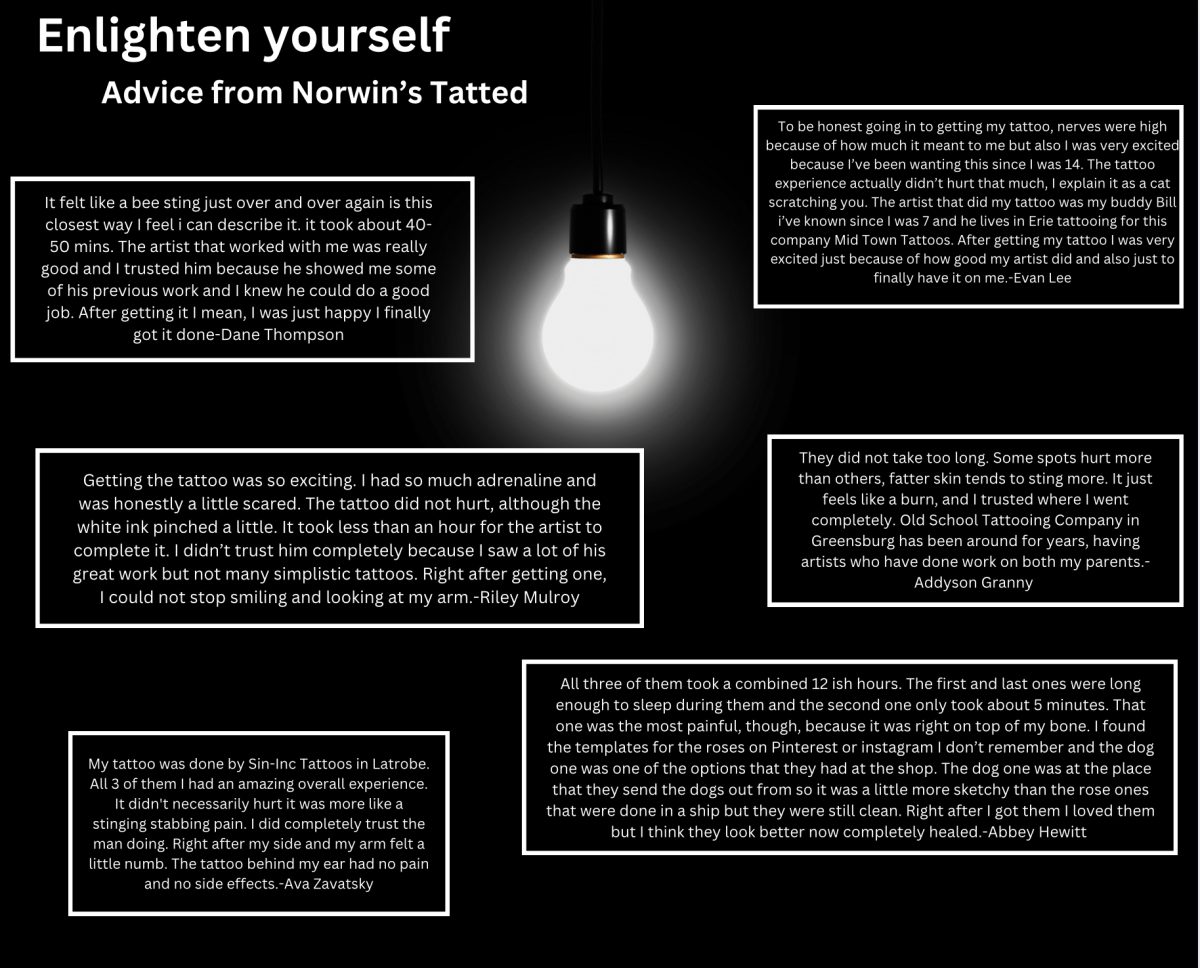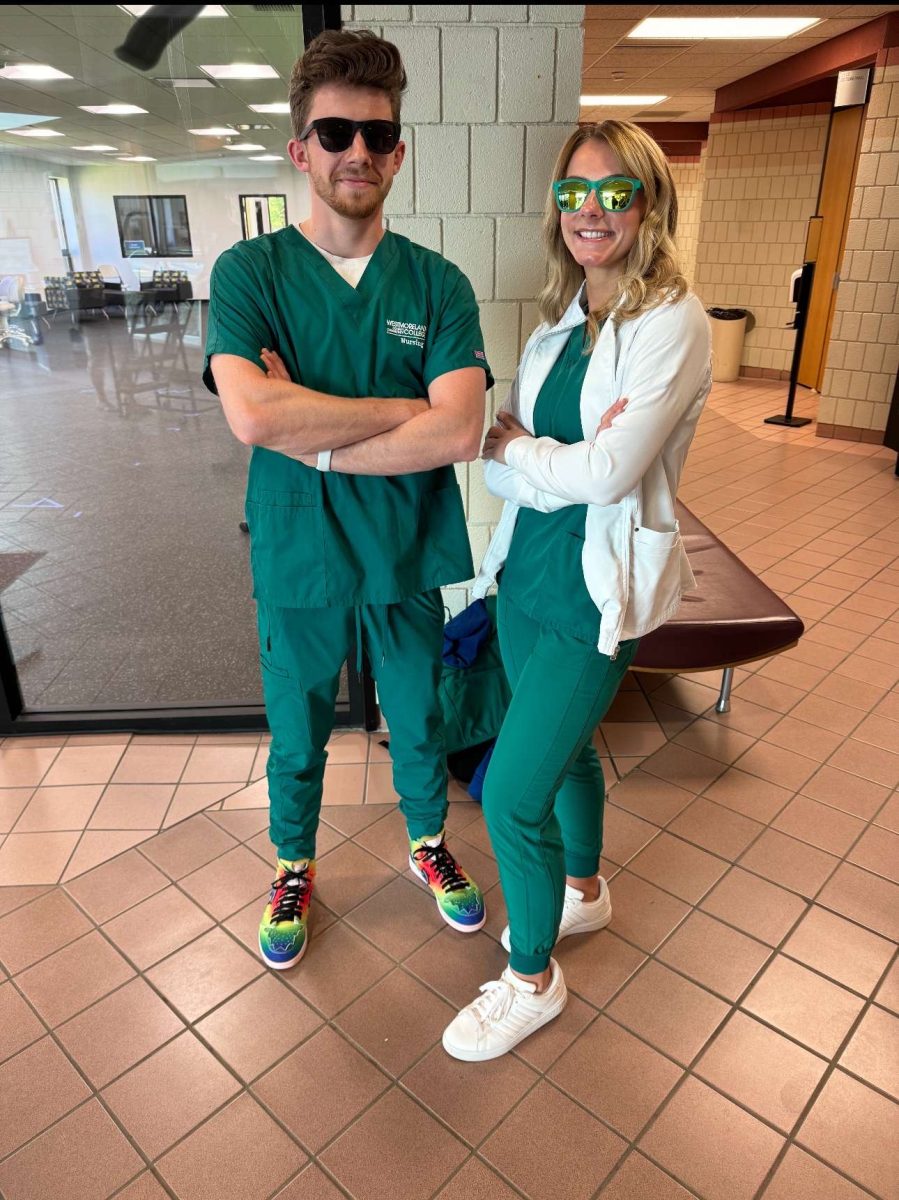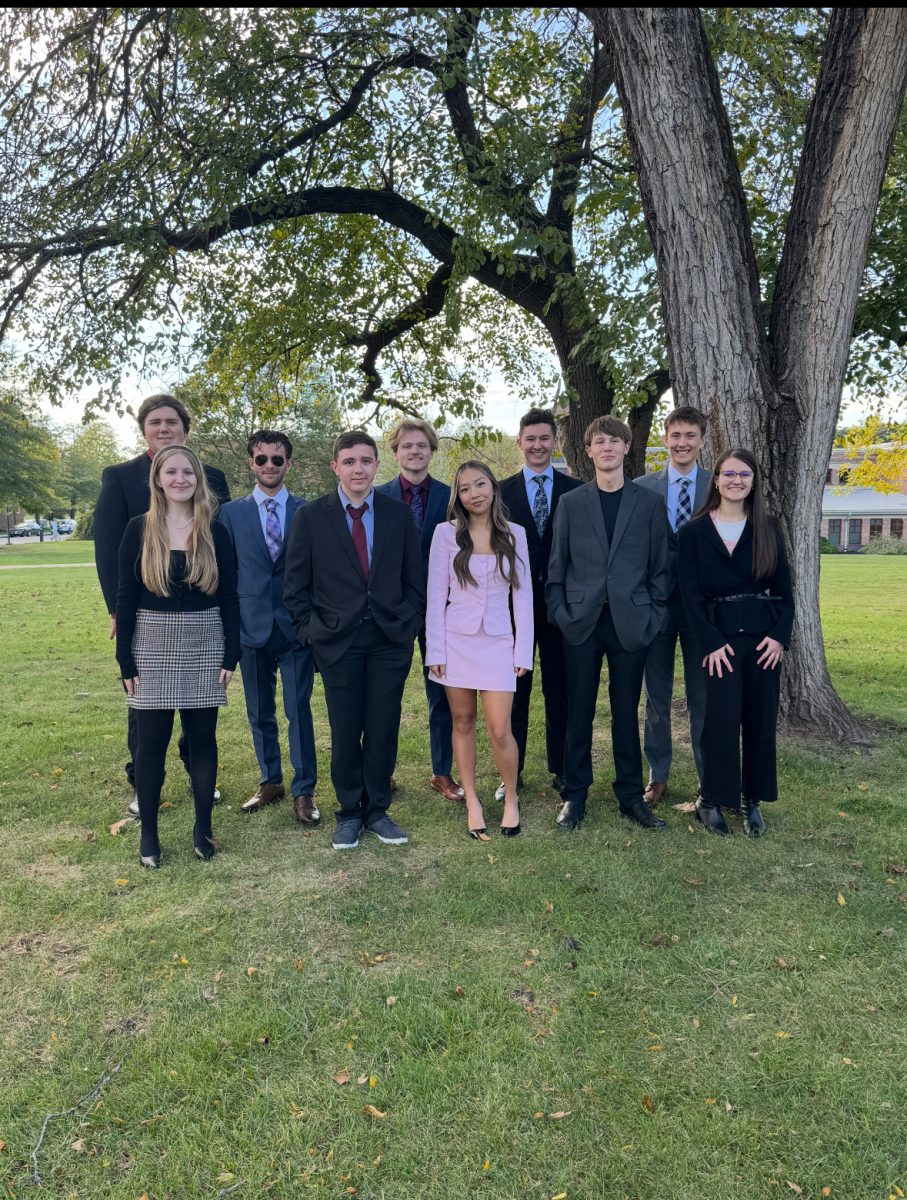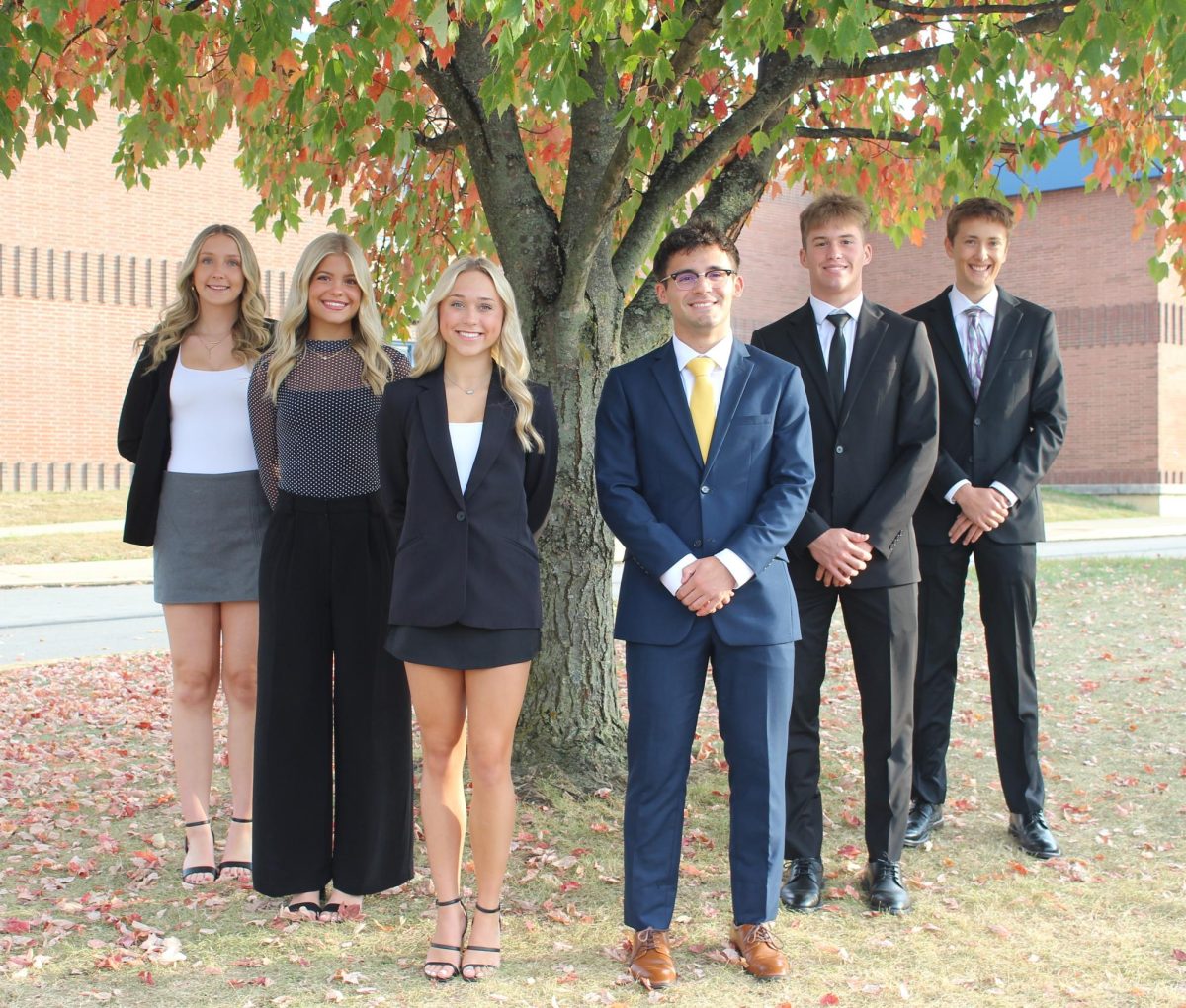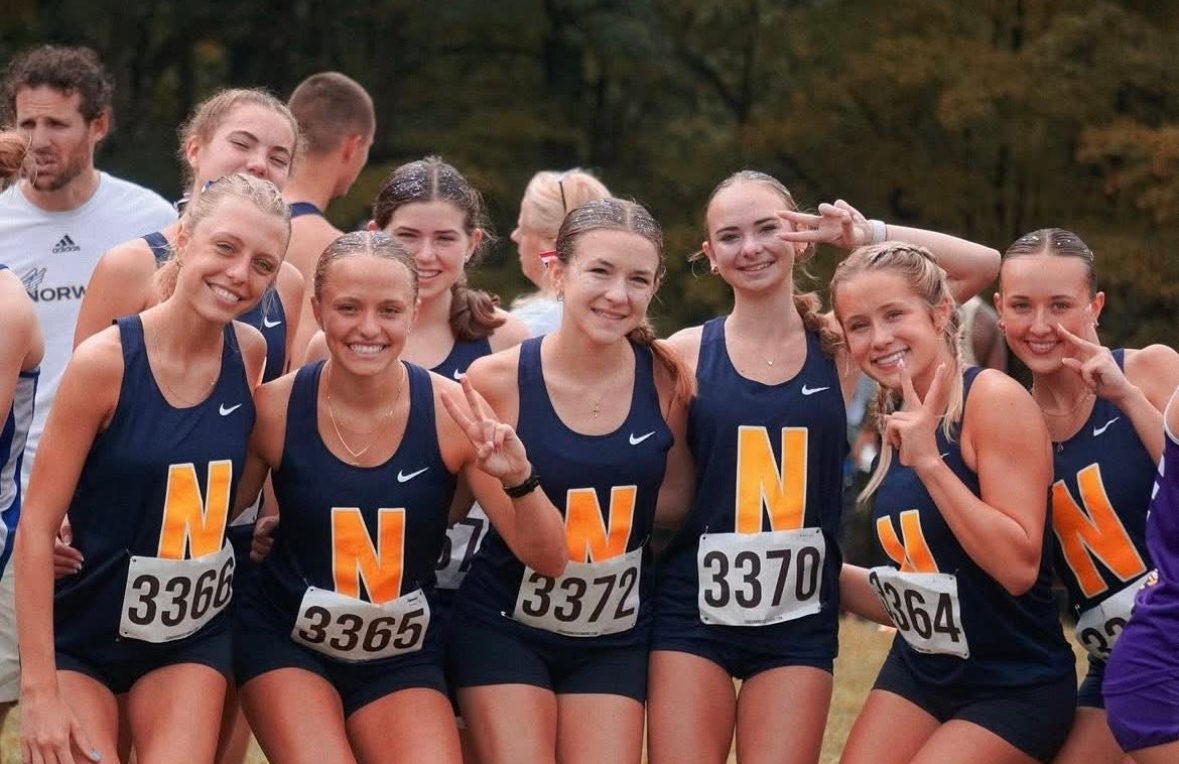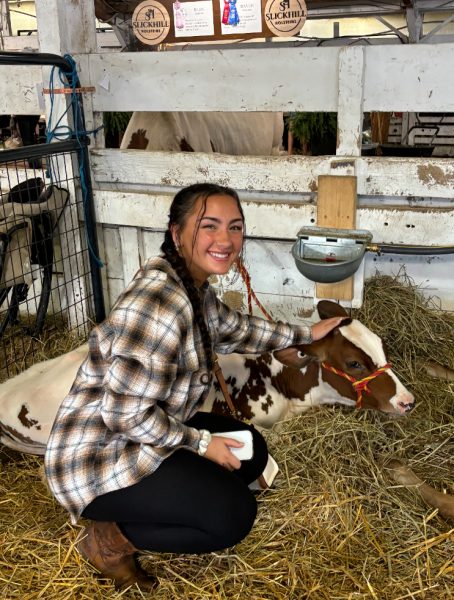There are not many things that people can receive and keep with them for the rest of their lives. A permanent change to their lives that sticks with them forever, or better said, sticks ON them.
Specifically and carefully etched into the skin, tattoos are a lasting form of expression, a permanent method to customize one’s character. Tattoos have been a long-standing form of artwork, dating back thousands of years. The process involves using different pigments to break the barrier of the epidermis with a tattoo machine to create the desired look. There are many different designs and styles, along with a varying list of reasons why to get them.
Tattoos became increasingly popular in the 80s, inspired by the era of punk and rock music. Bands like Guns N’ Roses and British skinheads were known for their tatted skin, creating a period of rebellious lifestyle and new school tattoos. While tattoo popularity increased during the 1980s, there has been a growing string of students at Norwin High School showing up with fresh ink, showcasing a new potential uprise in tattoos within Generation Z. But can this boost in tattoos by younger generations to the older generation’s fad? And are the new school trends that were set in place by the 80s era still living or has Generation Z set new terms for tats?
A recent poll was conducted to collect responses from 17 Norwin students who have either received or plan on getting a tattoo. 41% of those students have 1 tattoo, 29% have 2 tattoos, 23% have 3 tattoos, and 5% have 4 or more tattoos.
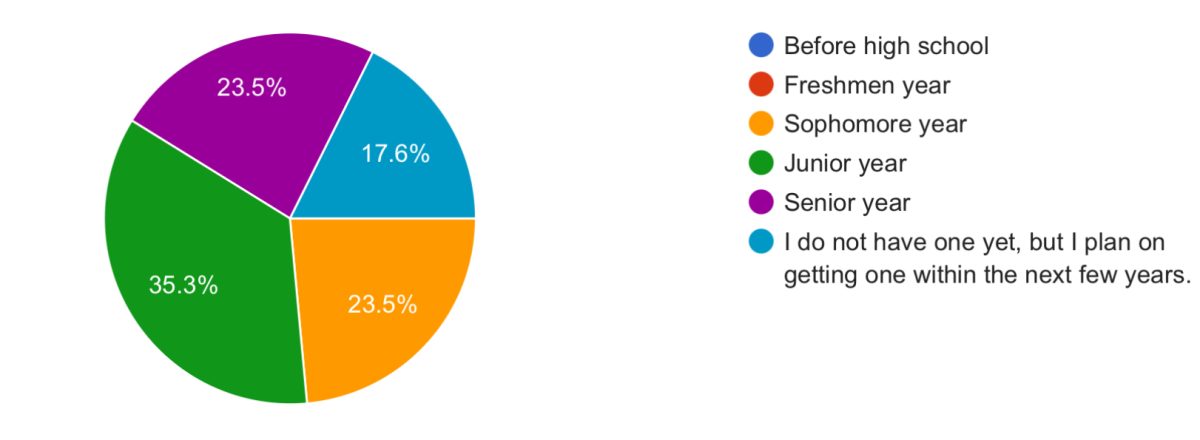
In addition to these results, students submitted responses as to when they received their first tattoos. The response concluded that the majority of these students received their first tattoo during junior year with an equal amount of other students receiving their tattoos in sophomore and senior year.
The poll results demonstrate a strong desire from Norwin students to get the ink, shown by the younger ages that students have received their tattoos. Not only are Norwin students getting their tattoos before or right after they turn 18, but many are also getting more than one. Kyla Coyne, a senior who originally got two tattoos, spoke on her excitement to get hers and the addiction that they can be.
“Once I finally convinced my mom, I booked the appointment right away. I was so excited,” said Coyne.
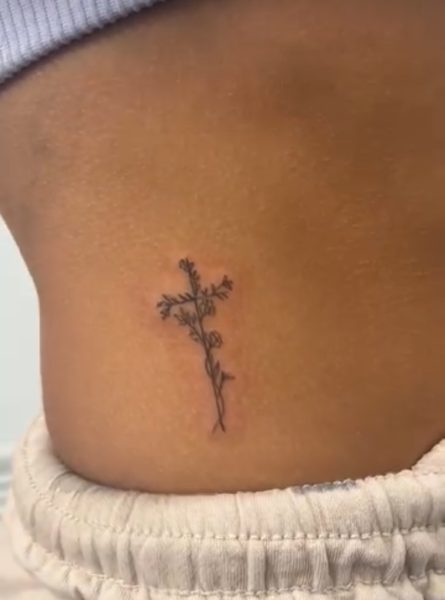
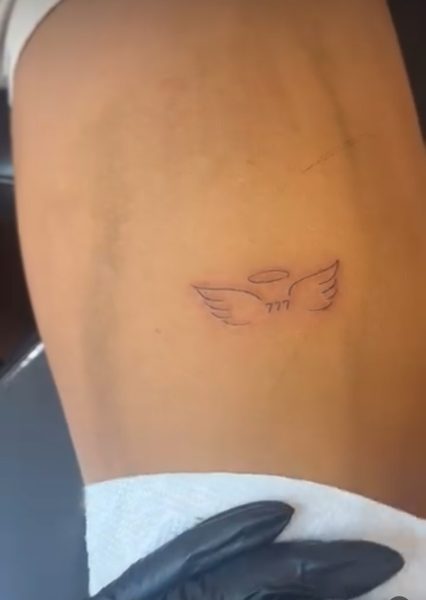
Coyne’s first two were a cross along with angle numbers and wings. In love with the look, Coyne scheduled two more appointments within the next few months of getting her first tattoos. She now has a total of seven.
“It’s addicting and they are so pretty,” said Coyne.
Kyla is one of the many students who was not satisfied with just one tattoo. Seniors Candy Pensenstadler, Ava Zavatsky, Lindsay Reese, Jordan Lechner, Addyson Granny, Abbey Hewitt, and myself all have more than one.
Talia Manning, a local tattoo artist who owns Beauty Remidy Aesthetics Studio in White Oak, has been in her profession as an RN for 10 years and has been tattooing for 6 years. Manning began her business with permanent makeup services and added more tattooing services as time went on. She agrees that more younger people have started wanting tattoos.
“Definitely more younger people wanting and getting tattoos than EVER before,” said Manning. “I think it’s a sense of freedom to express yourself and your style.”
Manning also stated that she believes most of the clients that she tattoos are between the ages of 18-35.
While the increasing number of tattooed individuals at Norwin and intel from a professional may show an increasing trend of tattoos from Generation Z, it is important to consider statistics beyond just Norwin High School. According to Pew Research data, around 32% of adults have a tattoo themselves and 22% of those people have more than one.
The data concluded in 2023 shows an overall generalization of Americans who have tattoos. However, the study takes a closer look at exactly what ages have the most and least amount of tattoos. It is important to note that the baby boomer generation is aged about 61 to 79, Generation X is aged about 45-60, millennials are aged 29-44, and Generation Z is aged 13-28.
“Adults under 50 are especially likely to have a tattoo. Some 41% of those under 30 have at least one, as do 46% of those ages 30 to 49. This compares with a quarter of adults ages 50 to 64 and 13% of those 65 and older.”
To conclude, according to the Pew Research Center, millennials and young Gen Xs closely beat Generation Z by having more tattoos.
While this information is conclusive, there is only a 5% difference in the amount of millennials and Gen Z’ers that have tattoos. In addition, many Gen Z’ers are not yet old enough to receive tattoos. While some tattoo parlors may offer tattoos to 16, maybe 15-year-olds, most do not tattoo people under the age of 18. This means that about 31% of Gen Z’ers, due to their ages, are limited in their ability to get a tattoo. In summary, it can be assumed based on current statistics that over the next few years, Generation Z may very possibly surpass the millennial obsession with the ink. Norwin students have already begun that process.
So, now that it’s been decided which generation currently takes the win for the most tattoos, let’s talk about some other details. Are the new school styles from the 80s still in or is there a different design in development? Why are so many people in Generation Z getting these tattoos?
Newsweek, an online news forum, followed a conversation on an Instagram post that was sparked by the question of “What placement people think is typical in the last few years?” Jenna Barclay, a millennial comedy certified Instagram user, posted a video that received more than 4.2 million views, and internet users were more than excited to share their thoughts.

Barclay herself references some of the most popular millennial tattoo placements, like the lower back, hip bone, shoulder blade, top of the foot, and inner wrist areas. She concludes that some of the most popular newer placements that people commented on were above the knee, back of the arm above the elbow, and the sternum. Many professional tattooers agreed with these. In addition, many people agreed that fine-line tattoos and “sticker style” placement were growing amongst Generation Z.
Tattoo artist Manning also agreed with seeing these trends.
“When it comes to trends for tattooing, I think the most popular style right now is fine line tattoos and minimalist tattoo designs,” said Manning. “It seems simplicity has taken over which I love because my business represents the “less is more” motto.”
While the old school, punk-like colorful tattoos are slowly losing their appeal against more miscellaneous, simplistic, and dainty ones, there does seem to remain a common theme over many generations as to why people actually get tattoos.
A study was conducted by the Indian Journal of Dermatology that questioned 302 patients attending to dermatology outpatient clinics. Patients were studied on several demographic factors and questioned on tattoo characteristics and reasonings for obtaining tattoos. Some of the most common motives were the following: To feel independent, to express myself, to be an individual, because they look good, to feel better about myself, and to have a beauty mark. It is important to note that this study was conclusive from the responses of both male and females ranging in ages from 16-62.
There are certainly many students at Norwin’s whose motives were similar for getting a tattoo. Every student has a story behind their tattoos, making each of their reasonings individual. More particularly, many students felt the desire to express themselves through religious wording and imagery. About 5 of the students have one or more tattoos that represent their religion. Some of these students include Daniel Maddock, Candy Pensenstadler, and Jordan Lechner.
“I got a cross,” said Maddock. “It represents my religion. I also thought it looked cool.”
Pensenstadler has 3 tattoos. “All of mine have biblical meaning behind them, which is important to me,” she said.
An even more common theme for Norwin students to get tattoos was to represent a relationship with someone. About 10 Norwin students who took the poll have a tattoo that represents their connection to another individual. Amongst these students were Dane Thompson, Grace Fleckenstein, Riley Mulroy, and Averi Brozeski.
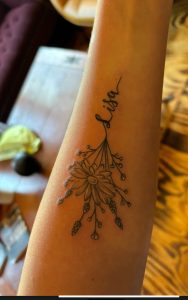
Thompson has a tattoo to honor and remember his father, and Mulroy has one to remember her aunt.
“I was extremely close with my aunt, Lisa,” said Mulroy. “Lisa fought a hard battle against ALS, but unfortunately ALS always wins. I wanted to get a tattoo as a reminder that she is always with me. Lisa’s favorite flower is a daisy, so I got a daisy with her name written in the stem.”
Fleckenstein has a shared tattoo with her grandmother. A crescent moon represents their shared love for the moon and reminds her that when she goes away for college, her grandmother and she will be under the same moon, allowing her to always remind her of what she shares with her grandma. Brozeski, a senior who prioritizes family, wanted a tattoo to represent their relationship. She took her father’s advice to “remember your roots” and had the saying tattooed on her arm in her mother’s handwriting.
Some students, like DeLanna Colarusso, wanted a tattoo to represent an experience rather than a person.
“I got my soccer number 24 tattooed on my wrist,” said Colarusso. “Soccer has always been a huge part of my life and my number has never really changed along the way.” She plans to continue cherishing her love for the sport by playing at Chatham University.
So, are tattoos increasing in generation z? The answer is leaning yes, but we may have to wait a few more years to see a definitive increasing trend. Norwin students, however, have certainly presented a strong case for the upcoming generation. Trends and styles have absolutely evolved since the 80’s era of rebellious new school tats to become simple and specific, beginning a new timeline of gen z style. Most importantly though, the stigma around who is getting tattoos has begun to decrease.
“As far as the stigma, I do believe it is starting to fade out,” said Manning. “As the older generation gets older and the younger outnumbers them, society has no choice but to become more accepting and less judgmental when it comes to tattoo “rules” around them. In fact, in all the years of being a nurse in the hospital alongside my many nurses who were tattooed head to toe, no one is going to question your tattoos when they need care or life-saving treatment. It does not define the skill of an individual.”
From now on, tattoos will continue to color the bodies of all kinds of individuals for many reasons, and each one of them will hold a story behind they’re perfectly etched design.
